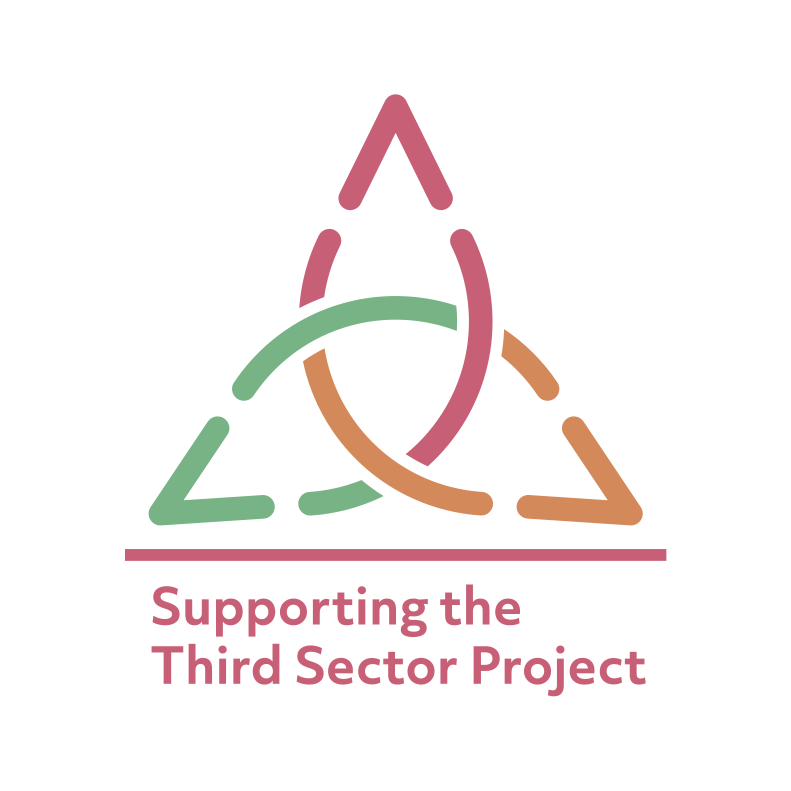How do we support long-term solutions when we are confronted with a crisis?
16 Feb 2023
In the face of severe funding cuts affecting councils and third sector services, Children in Scotland’s Chief Executive Jude Turbyne says we can’t lose sight of the long view.
Betty Williams, the peace activist, once said ‘There is no use talking about the problem, unless you talk about the solution.’
When I worked in disaster response in Latin America and the Caribbean the first, and sometimes quite tricky, task was not to become frozen by the enormity of the challenges. It was then essential to not only respond to the immediate crisis, but also to make sure that you were contributing to medium- and long-term solutions to help support more resilient communities in the future.
It is for that reason I have struggled to write this blog. It is much easier to identify the problems, than to come up with definite solutions. But it is a time when the difficult questions need to be asked and when we need to work together to find solutions which lead to a future where the children of Scotland do not only survive but can really thrive.
There seems to be a bit of a ‘pile on’ at the moment. The cost-of-living crisis has jumped on top of the pandemic, a war in Europe is trying to push its way in and austerity is bouncing on top. The result is fewer resources, which are increasingly being squeezed. It makes things difficult everywhere.
The Scottish Government has less to go around and must make difficult choices, the same is true of local authorities, and independent funders see an increase in demand and must make tricky decisions. At the sharp end of all of this sits the third sector. At the even sharper end, those children and families who are most in need of support.
Over the past few weeks, we have been contacted in increasing number by members and collaborators, extremely worried about their futures. The recent reports of local authorities in different parts of the country slashing third sector budgets are worrying in the extreme. But I know there is no magic money tree.
The major question we must ask ourselves is if we are making the right choices about when and where to cut. Many third sector organisations are, in one way or another, working with the most vulnerable and marginalised. Sometimes that is directly through service provision. In many cases, organisations are working to try to explore, develop and implement new, preventative solutions to old intractable problems. A strong thread that connects many organisations is the way in which they are seeking to look at and contribute to prevention. How can we develop policies and practices that make sure we are not living with the same problems in the future.
At a time of crisis, you need to be careful not to lose the long-term view. Almost perversely, investing in prevention becomes even more important. This is difficult when you are struggling to deliver on immediate targets and is made even more so by a social media culture that shouts about the ‘urgent’, deflecting us from prioritising actions that might have a better long-term impact.
Slashing support to third sector organisation is an obvious place to go for statutory sectors that have so much to deliver, but is likely to have a disastrous impact at the heart of communities and will stymie progress in terms of the preventative agenda.
As I said at the start of this blog, there is no easy answer to all of this. Ultimately, the sectors need to work together to identify solutions to the predicament we are in. But there are a few things we need to be thinking about:
- As a country, can we deliver everything that we have in the pipeline at the moment? The Scottish Government has a lot of very challenging and ambitious projects on the go. Do we need to think about a further prioritisation of these, making sure that we can deliver quality in fewer areas, but quality that will mean that in the longer term there is more potential to achieve the caring Scotland we all want?
- How do we make sure we are not further eroding a third sector that despite the challenging context is not only delivering now, but is essential for our ambition as a country going forward?
- While prioritisation might be key, do we also need to be more seriously debating whether and how we might raise more resources at a national level?
At a time of crisis, solutions are always stronger when good coordination and collaboration sit at their heart. We need to draw on that now as we look for ways to deal with the current crisis, while ensuring we are not undermining our potential to deliver for future generations.




Evidence Bank
Explore our collection of direct quotes from children & young people on a diverse range of subjects
Click here for more